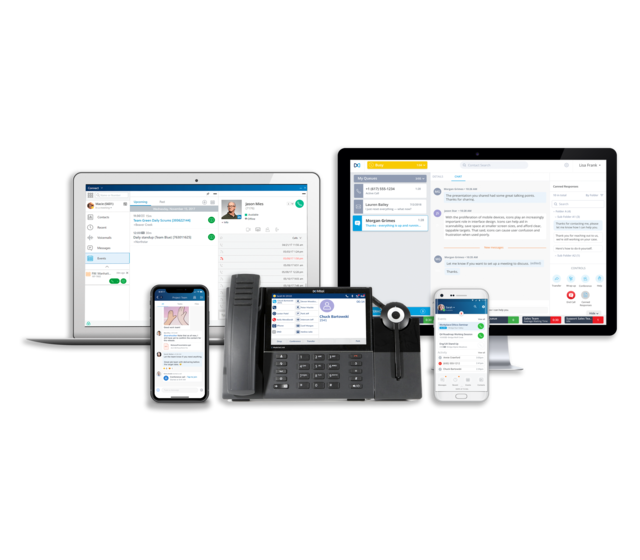Mitel announces MiVoice Connect End of Life. Here's what you should know and what steps to take next.
Mitel recently announced that they will discontinue the MiVoice Connect platform, which marks a significant change in the industry and reflects a broader trend. This decision has left many businesses that have relied on this platform for over two decades with a critical decision to make about their future communication infrastructure.
Suppose you're considering what the end-of-life phase of Mitel MiVoice means for your business and want advice on navigating this transition smoothly. In that case, you've come to the right place. Let's explore practical strategies for evaluating your options, setting timelines, and transitioning to a new system that aligns with your business objectives.
Important dates about EOL to keep in mind:
July 6, 2024: New system sales are no longer available.
December 31, 2024: Termination of add-ons like hardware, software expansions, feature enhancements, patching, and system scalability. Could negatively impact business expansion plans.
December 31, 2029: Support End for Mitel MiVoice Connect. Operating beyond 2024 is risky due to halted expansions and security vulnerabilities.
As you look towards the future, reflecting on the positive changes your organization has experienced since adopting Mitel MiVoice Connect is the best approach. The fast pace of technological advancements has likely transformed your business landscape, providing exciting opportunities for innovation, automation, and improving customer experiences.
Evaluating your current needs and gathering stakeholder feedback is crucial to transition smoothly. Understanding your organization's dynamics is fundamental. Consider the following questions:
Does your organization have a contact center, and if so, what scale?
Are your operations centralized or dispersed across multiple locations?
How do your customers engage with your business?
Do you have remote or hybrid workforce arrangements?
After understanding your requirements, you can proceed with a structured approach to choose an alternate communication solution.
Assess your current needs: Identify your operations' essential features and functionalities.
Research and evaluate: Narrow down potential providers based on how well they align with your needs.
Request demos: Ask for demonstrations to evaluate the user experience firsthand.
Compare pricing: Analyze each option's costs and return on investment.
Test in real-world settings: Try out the proposed solution in a real-world setting to see how it performs.
Evaluate systematically: Create a scorecard to evaluate solutions systematically against various parameters.
Develop a strong business case: Build a strong case for transitioning and finalizing contracts.
Provide comprehensive training to ensure your team can adopt the new system smoothly.
Execute the transition plan: Deploy the new system according to your plan.
Fine-tune for optimal performance: Make necessary adjustments to optimize the system's performance.
Starting the transition early allows for thorough evaluation, planning, and deployment, ensuring uninterrupted, high-quality communication solutions tailored to your business needs.
Finding the right partner is easier when you understand your company's unique needs. Look into unified communications (UCaaS) and contact center (CCaaS) platforms that combine messaging, phone, and meetings. Reach out to our team today for expert assistance in evaluating, deploying, and optimizing the right solution for your business, both now and in the future.
When looking for a cloud telephony provider, the best way is to connect with a telephony consultant like TeleSwitch. TeleSwitch will focus on your needs and bring the right service providers for your type of business. Our consultants could also help document your existing configuration and any desired change for a more efficient configuration of your new cloud solution.


